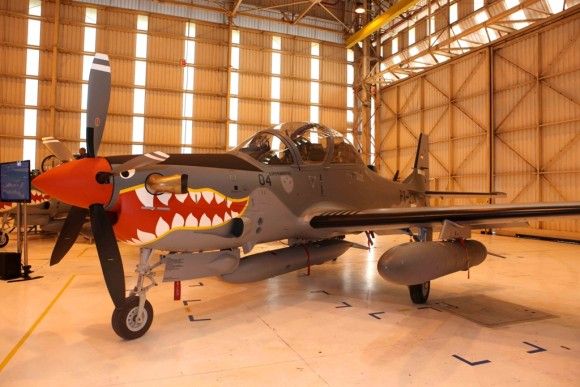German Army To Be Quantitatively Expanded. “Lowered Physical Condition Service Requirements”
German authorities plan to increase the number of soldiers in the active service in the Bundeswehr up to 185,000, mainly in order to maintain and increase completeness of the HR structure of the existing units. At the moment though, the German soldiers are being released from meeting some of the physical condition requirements, which is being implemented in order to keep the specific specialists in the active service – as it was suggested by “Die Welt”.
According to Die Welt, Berlin plans to increase the number of soldiers remaining in the active duty up to the level of 185 thousand by 2017. At the moment the German Army employs ca. 178 thousand soldiers, however, according to the HR structure remaining in force the Army should employ 185 thousand troops, including 2.5 thousand reservists and 12.5 thousand volunteers.
According to the data from December 2015, the Army employed 168.3 thousand professional soldiers at the time, with addition of 8.8 thousand volunteers. Presently, the number of the active soldiers is said to be close to 178.5 thousand. According to “Die Welt”, this number is going to be increased, up to 185 thousand troops. Thus, the Berlin authorities decided to at least restore the quantity of soldiers, according to the existing structure.
The German Army is currently reducing the physical condition requirements, so that it is possible to keep the commanding staff in service. This is related to the current situation in the Bundeswehr, resulting from the insufficient completeness of the HR structure. The problem is also related to the technical services, including the ground crews for the Eurofighter jets, or non-commissioned officers working in the radar units, or even the personnel dealing with training activities, IT systems and command support area. The decreased physical condition requirements may be interpreted as a confirmation of the problems listed above.
Most of the opinion-makers note that achieving the existing, final structure may not be enough for the Bundeswehr to fulfil its tasks. At the moment a lack of soldiers exists in some important areas, including the fields related to the conventional operational capabilities, such as artillery or short range air defence units. At the same time, soldiers whose everyday tasks are very different from the ones that are carried out operationally are often selected to take part in foreign deployments. The above may be seen in deployment of the 203rd Armoured Battalion, the soldiers of which were involved in a training exercise in Poland, preparing them for a Kosovo deployment.
This, on one hand, is a proof of a great load imposed on the German Army, by the operations that are being carried out. On the other hand, the above situation has a limiting impact on readiness of the “heavy” units, the number of which is relatively small. Thus, in order to reach a proper level of collective defence capabilities and to simultaneously carry out peacekeeping operations, increase of the ultimate number of soldiers may be required. It is also worth noting that increasing the number of the soldiers remaining in the active service would not result in “re-militarization” of Germany, which is a concern for some of the opinion-makers.
Increasing the quantity of soldiers would be required, should it be decided to increase the saturation of the existing tactical elements with combat units. The Bundestag Parliamentary Commissioner for the Armed Forces, Hans-Peter-Bartels, noted that prior to the process the aim of which was to professionalize the army, he had assumed that the number of active troops would not fall below 200,000 soldiers. Thus increased completeness of the HR structure of the German Army may not be sufficient to provide a proper level of collective defence capabilities. Considering the existing problems with recruitment, this will not be easy. The current issues though pertain the specific specialized personnel. This means that increase of the number of soldiers is possible, nonetheless it would require systemic solutions, making the service more attractive, to be implemented.
At the moment, armoured and mechanized battalions of the Bundeswehr consist of three Companies (four company-sized elements form an equivalent battalion in the Polish Army). It is also worth to remember that at the beginning of the previous decade, the Grenadier units (mechanized infantry) had their own artillery at their disposal. Currently, the whole artillery of the 1st Armoured Division, remaining a part of its structure, is contained within a single battalion/division/squadron-sized element (two artillery and one rocket artillery units - probably 25 PzH 2000 and MLRS launchers in total). For the sake of comparison we may say that artillery squadrons in the Russian Army are formed at the level of a Brigade. Large units, at the level of Army and Military District, are also being created. On the other hand, besides the “organic” artillery squadrons in Poland, artillery regiments also exist in the brigade structures. Obviously one may indicate high level of technological advancement of the Bundeswehr, but in the US, any armoured/mechanized brigade has its own artillery unit at its disposal, where additional MLRS rocket artillery battalions also exist besides that.




